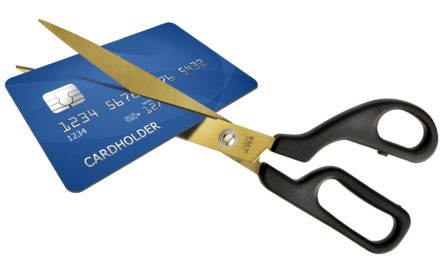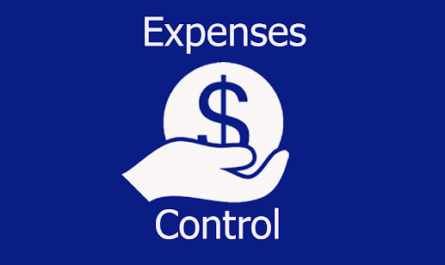Creating and following a budget is one of the most difficult things for many people to do. Just thinking about all of your finances can make you wish you were getting your teeth drilled as the better alternative! However, making a budget and sticking to it is important to a strong financial future and can help you prevent a bankruptcy filing. Truth be told, creating a budget can be fun because it allows you to take control of your life.
Gather Your Expense Materials
The first step to creating a budget is to find and gather all of your monthly bills. This includes everything that you pay on a monthly basis, such as credit cards, utilities, cable, Internet, etcetera. You will also need to find any bills that you have to pay less frequently than every month, such as perhaps auto insurance or car registration. Once you have all of your expenses together, you are ready for the next step.
Determine Your Income
Figuring out your monthly income should be a far easier task than getting together all of your bills. Most people are paid every two weeks, so your pay stubs or bank statements should do. If you receive any other type of income on a monthly or less frequent basis, make sure to take note of it. You will want to make sure to only account for your after tax income, it makes little sense to include income in your budget that will be immediately taken by the government!
Create the Income Portion of Your Budget
You can begin creating your budget in a word processing program on your computer or the old fashioned way (by hand, of course). Create a monthly income column. Divide the column into regular income and irregular income. It would look something like this:
Calculate your irregular income by calculating the total amount of income you receive in a year that is not your regular paychecks, and divide by 12 (12 months in the year). For example, if you are paid $3,000 once a year in June, divide $3,000 by 12 months to get an average additional income of $250 per month.
Create the Expenses Portion of Your Budget
Start creating the expenses section of your budget below or next to the “Monthly Income” section. Create a category for each type of expense you have each month. For example, your expense section may start to look like this:
Monthly Expenses
Remember to also create an Irregular Expense category, just like you did for your irregular monthly income! For example, if you have to pay $150 a year for car registration and $1000 a year for auto insurance you would have a category of Irregular Expenses for $95.83 per month. You get that number, as before, by dividing your total yearly irregular expenses $1,150 by 12 months. For your irregular expenses, set aside that $95.83 into a savings account so that you have the full amount when the time comes to make the payment!
Savings Expense Category
Don’t forget to create an expense category for savings! Some people do not like to think of savings as an expense, but in reality, it is being subtracted from your monthly income. It is very important to save money each month not only to buy gifts, go on vacations, but to create an emergency fund. Many financial planners recommend people have an emergency fund of 6 months worth of income in case they lose their job. If you save each month, you can get to your savings goal much more quickly.
Subtract Expenses from Income
Subtract your total expenses each month from your total income each month from your budget table. Anything left over can be put into savings or other categories. If you have a negative balance in your budget, you need to reduce your expenses (or increase your income).


